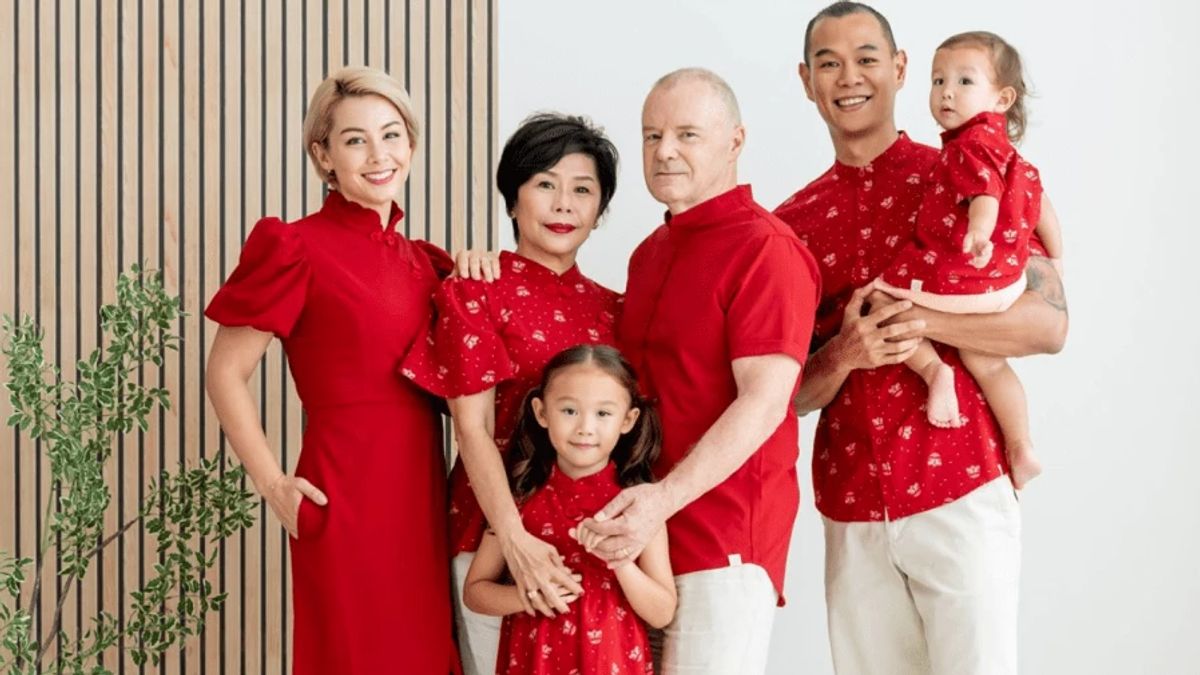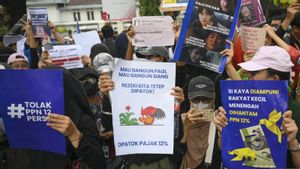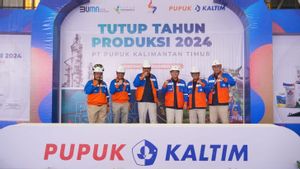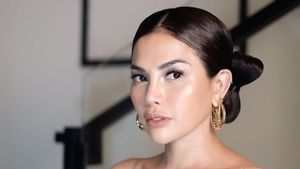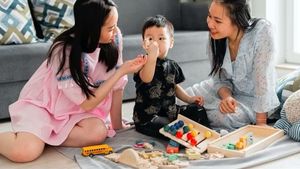YOGYAKARTA - One of the oldest traditions in the celebration of the Chinese Spring Festival is buying new clothes for the Chinese New Year. This is symbolically in line with many other aspects of the festival, which emphasizes the idea of changing, a new beginning, and eliminating the old one. This means that you need Chinese New Year's outfits too!
In ancient times (and simpler), it is not uncommon for people to have only one or two sets of clothing or clothing throughout the year, but the Chinese New Year means it's time for fresh new clothes to be worn!
In the past, this was usually done by wives or mothers who usually sow or knit new clothes for families ahead of the Chinese New Year.
Currently, although this may still be done by older family members, this tradition is often replaced by shopping for new clothes.
Tang shirt
The Tang shirt ($ is used to refer to the clothes of the Tang dynasty. But the "new" Tang suit is a jacket that combines Man riding jackets (Dinasti Qing) and Western suits.
If you are a fan of Chinese martial arts, you may have seen this type of clothing in the film. Jackie Chan seems to like wearing it. Tang clothing is also a "wearing rule" for APEC's 2001 meeting.
It has a upside-down collar and straight collar. The lawsuit features traditional Chinese knots (frog cages). The ingredients are usually brocades, luxurious fabrics of ancient times.
Initially, it was smooth between body and arms. This allows for a comfortable movement, but the concessions don't match modern aesthetics.
Most of Tang's clothes are currently modified and adjusted. Many have symbols and lucky words that are drilled into the shirt.
Qipao
Qipao (/q p\"o) entered Chinese mainstream culture during the Qing dynasty. But the modern style we know today is very different from that of the original. It started as a conservative dress with straight and loose pieces. A complicated design is embroidered into a cloth. Through colonialism, qipao became a barred.
From the mid-1800s until now, the changes have taken place back and forth. The style of swinging between length and short, tight and loose. Currently, qipao is usually very strict (resisted to get a specially made dress). Opening can start as high as the thigh.
However, the modern style retains the rigid collar and seal buttons. Popular embroidery designs include flowers, birds, and phoenixes.
Cheongsam
The term cheongsam (Cheongsam / ch layong sh pin) is usually used by Westerners to call women's qipaos. However, it literally means "wear/length shirt". It's loose and usually worn by men now.
This is a modified version of Qing's dynastic clothing and formal clothing during the 1900s. The cross section symbolizes wealth and prosperity. The length of the cheongsam also symbolizes the status, as longer clothing is not suitable for physical work. In the Republican era, it was the clothing of educated scholars.
Hanfu
The Hanfu' (/h f) translates literally into man ethnic clothes. It includes traditional clothing to Qing dynasties. This means too many types and variations to count.
Generally, hanfu clothes consist of shirts and skirts. The shirt has a crossed collar and long and wide sleeves. The skirt is long and sometimes starts over the chest.
The Hanfu of the Tang dynasty affected the Japanese Empire, while the Ming dynasty affected the Korean hanbok.
An elegant piece and fresh color will present something unique to your wardrobe. There is also a modern version, including shorter skirts and more Western elements.
If you're looking for something more stylish and interesting, hanfu is the answer.
So after knowing various Chinese New Year outfits, watch other interesting news on VOI, it's time to revolutionize news!
The English, Chinese, Japanese, Arabic, and French versions are automatically generated by the AI. So there may still be inaccuracies in translating, please always see Indonesian as our main language. (system supported by DigitalSiber.id)
